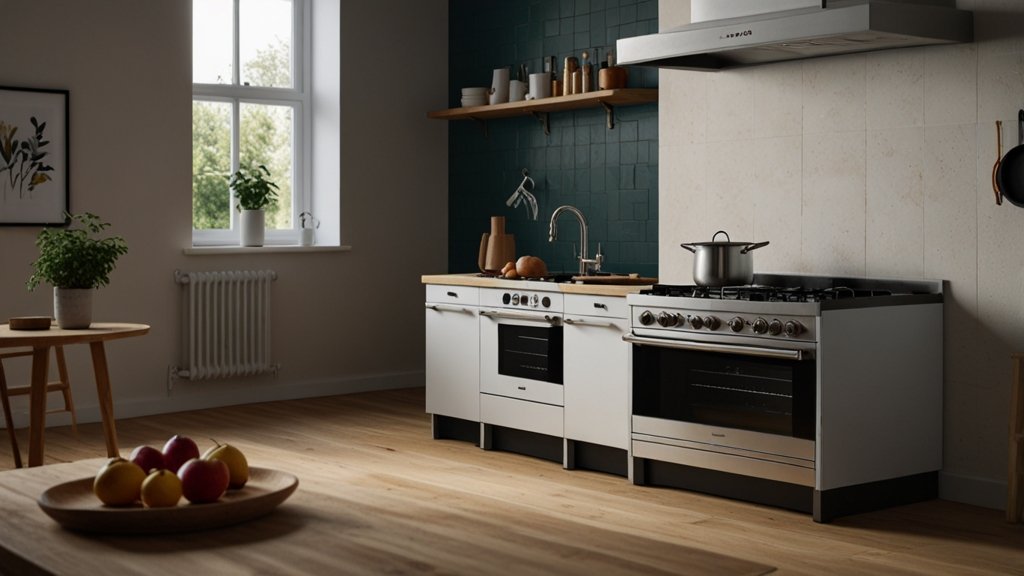Think of a Palace Where Every Chair Tells a Story
Picture this: A frosty St. Petersburg morning in 1780. Sunlight spills through the windows of the Winter Palace, glinting off gilded armrests and swirling marquetry. Servants adjust silk cushions on a settee carved with double-headed eagles, while Catherine the Great sips tea nearby, contemplating her next acquisition. This wasn’t just furniture—it was a political statement, a love letter to Europe, and a revolution in design. Welcome to the world of Catherine the Great furniture, where every piece whispered secrets of empire, ambition, and art.
Why Catherine the Great Furniture Was Never Just Furniture
Catherine II, the German-born tsarina who ruled Russia for 34 years, understood the power of symbolism. Her furniture wasn’t merely functional—it was propaganda. By blending Western European elegance with Russian grandeur, she projected sophistication to rival Versailles while cementing her authority. But how did a self-taught art collector curate one of history’s most iconic interiors? Let’s unravel the threads.
The Blueprint of Power: Design Styles Catherine Loved (And Hated)
Catherine’s taste evolved like a symphony—Baroque drama, Rococo whimsy, Neoclassical restraint, and a dash of Chinoiserie. Here’s how she mixed them:
1. Baroque Meets Siberia: The Drama of Curves
Baroque’s swirling forms mirrored Russia’s vast, untamed landscapes. Think:
- Thrones with lion-paw feet (symbolizing strength)
- Secretaries dripping with ormolu (gilded bronze)
- Canopied beds fit for a deity (or a tsarina)
2. Rococo’s Last Dance: Flowers, Flirtation, and Folly
Before Neoclassicism swept in, Catherine adored Rococo’s playful asymmetry. Her Boudoir of Alexander I featured:
- Pastel lacquered panels with cherubs
- Mirrored tables to amplify candlelight
- Whimsical floral marquetry (a nod to her botanical interests)
3. Neoclassical Revolution: Lines as Sharp as Her Politics
Post-French Revolution, Catherine pivoted to clean lines and Greco-Roman motifs. Her Green Dining Room boasted:
- Mahogany chairs with lyre-shaped backs
- Porcelain plaques depicting heroic myths
- Geometric parquet floors (no frills, all power)
Comparison Table: Catherine’s Evolving Tastes
| Style | Key Features | Political Message | Example Piece |
|---|---|---|---|
| Baroque | Curves, gold leaf | “Russia is mighty” | Amber Room cabinets |
| Rococo | Asymmetry, pastels | “I am enlightened, playful” | Lacquered commode |
| Neoclassical | Straight lines, motifs | “I am a modern philosopher” | Lyre-back armchair |
The Hands Behind the Throne: Craftsmen Catherine Trusted
Catherine didn’t just buy furniture—she collaborated. Meet her dream team:
1. David Roentgen: The “Ebenist King”
This German master crafted mechanical wonders:
- Writing desks with hidden compartments (for secret treaties?)
- Marquetry panels mimicking Russian landscapes
- Clock cabinets that chimed with Mozart tunes
2. Charles Cameron: The Scotsman Who Built Her Greece
Cameron designed Pavlovsk Palace’s interiors, blending:
- Pompeian red walls
- Malachite tabletops (mined from the Urals)
- Etruscan-style chairs (with velvet upholstery)
3. Russian Serfs: The Unsung Artisans
Unknown serfs carved birchwood frames and wove silk brocade—proving Russian craftsmanship could rival Paris.

4 Iconic Pieces That Define Her Legacy
- The Peacock Clock (Hermitage Museum)
- Crafted by: James Cox
- Secret: Automaton birds that sing and move (a metaphor for Catherine’s animated court?)
- The Chesme Writing Desk
- Inlay: Ivory, ebony, and mother-of-pearl
- Hidden Feature: A map of her 1768 naval victory
- The Karelian Birch Suite (Peterhof Palace)
- Material: Rare Karelian birch (lighter than mahogany)
- Symbolism: Showcasing Russian natural resources
- The Diamond Throne
- Adornments: 870 diamonds, 2,000 pearls
- Message: “My reign outshines all others”
Conclusion:
Catherine the Great furniture was more than a collection of chairs and cabinets—it was a masterclass in storytelling. Through gilded curves, revolutionary Neoclassical lines, and hidden mechanical marvels, she transformed wood and marble into declarations of power, intellect, and cultural ambition. Her legacy reminds us that design is never neutral; it’s a mirror of the mind that wields it. Today, her pieces endure not just as relics of opulence, but as testaments to how vision, when paired with craftsmanship, can carve history itself. To sit in Catherine’s world was to sit at the crossroads of empire and art—a throne room where even the humblest stool held a universe of meaning.
Read also:
Antarvwsna: The Hidden AI Revolution Turning Homes Into Genius Spaces
FAQs:
Q: Where can I see Catherine the great furniture today?
A: The Hermitage Museum (St. Petersburg) holds 300+ pieces. Peterhof and Tsarskoye Selo palaces also display her collections.
Q: How to spot authentic Catherine the great furniture?
A: Look for:
- Imperial eagles or her monogram (“E II”)
- Mixed materials (Russian woods + European marble)
- Provenance linked to her court architects
Q: Did she really have a furniture-buying addiction?
A: Yes! She once wrote, “I am possessed by a demon of acquisition.” Her 1781 order to Roentgen included 40 desks.
Q: How did her furniture influence later rulers?
A: Napoleon’s Josephine copied her Neoclassical style; Nicholas I preserved her suites as “national treasures.”
Q: Can I incorporate Catherine the great furniture style into modern interiors?
A: Try:
- Gilded mirrors with floral frames
- Bold velvet upholstery in emerald or sapphire
- Marquetry accent tables











